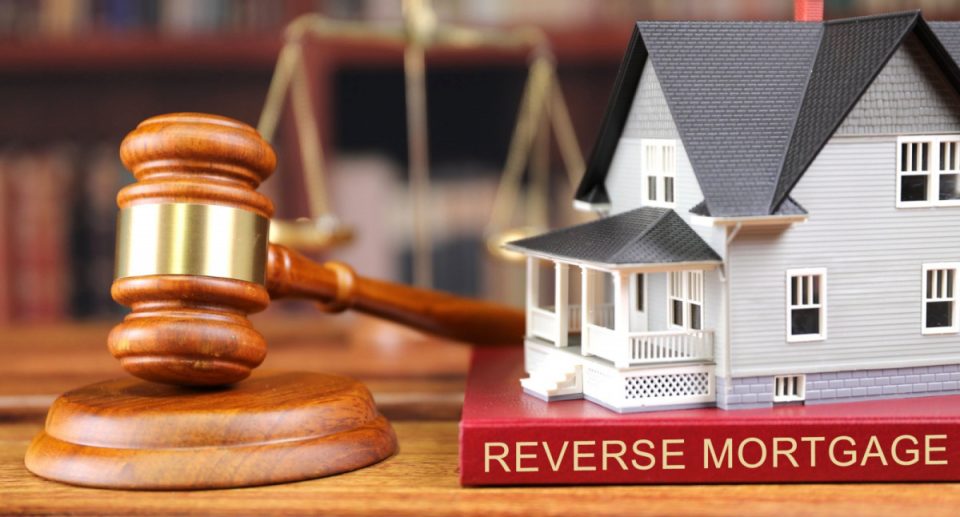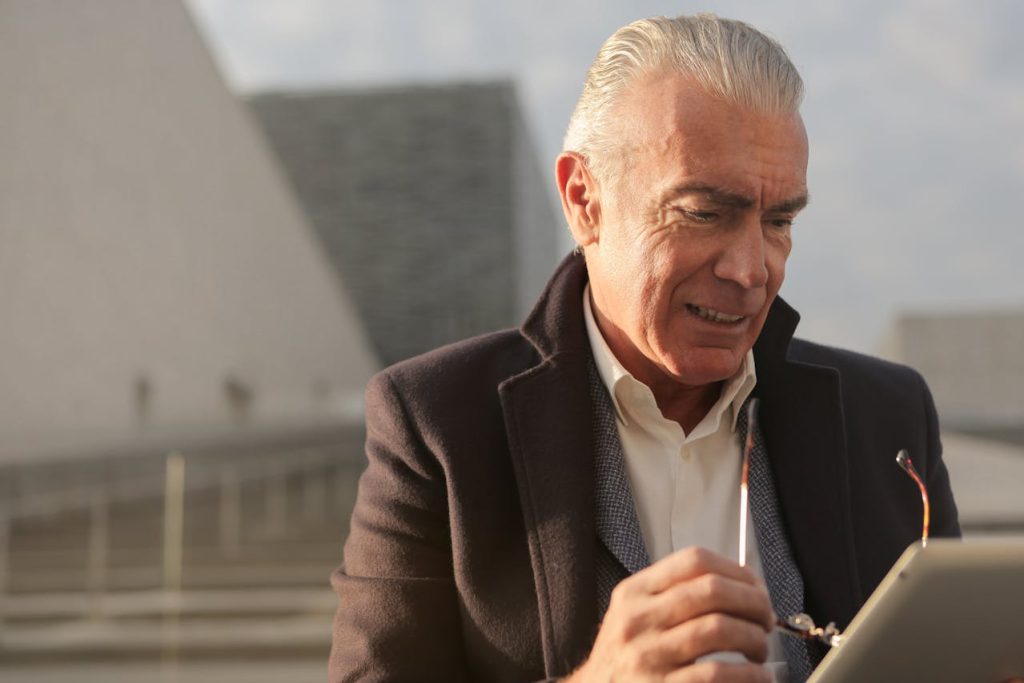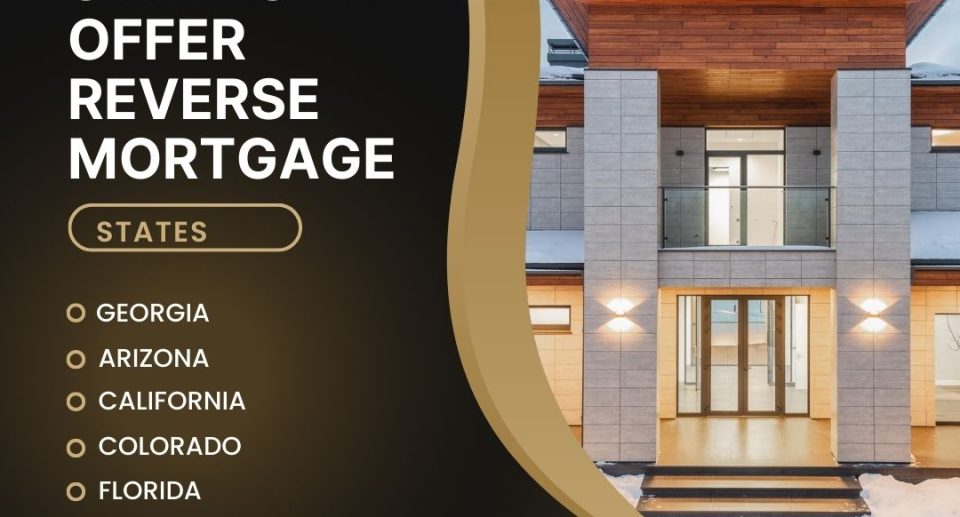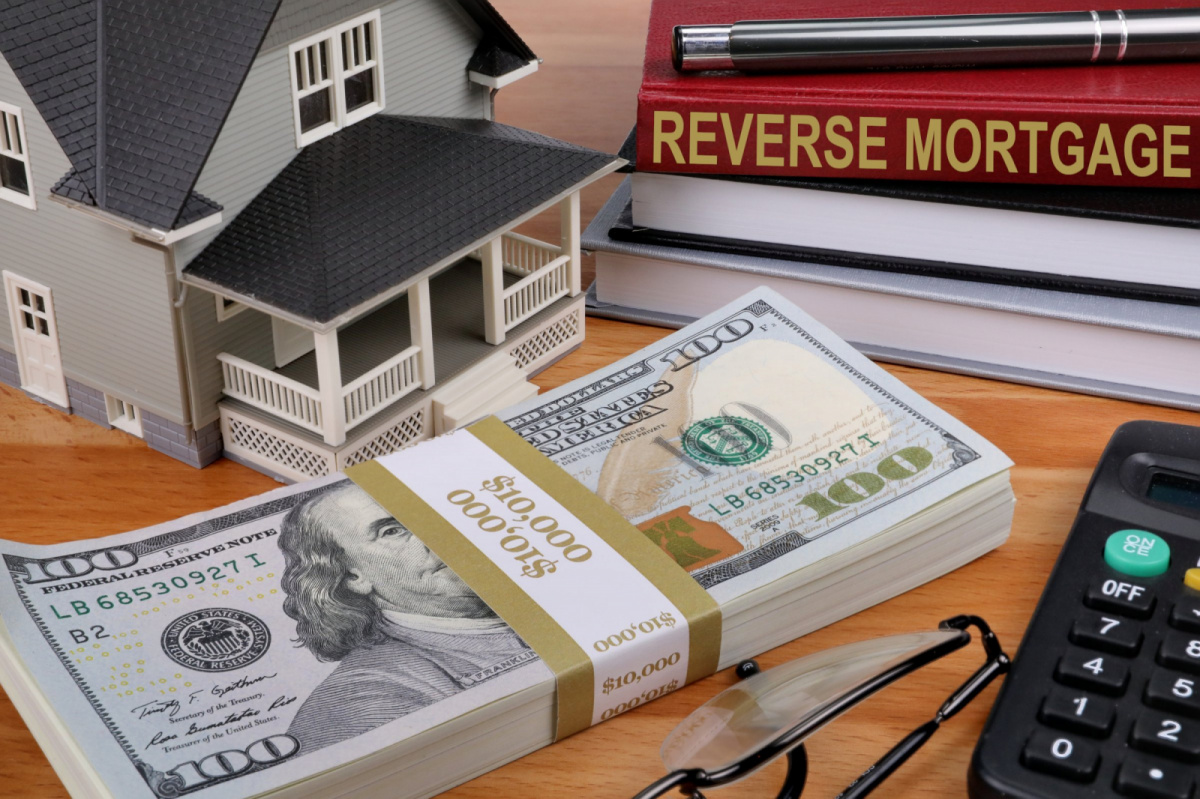What Happens at the End of a Reverse Mortgage?

A reverse mortgage is a loan that enables homeowners aged 62 and older to convert part of their home’s equity into cash. Unlike a traditional mortgage, where monthly payments are made to the lender, a reverse mortgage allows homeowners to receive funds from the lender while maintaining ownership of their home.
In a reverse mortgage, there are no monthly mortgage payments required. Instead, the loan amount, along with accrued interest and fees, is due when the last surviving borrower passes away, sells the home, or moves out for more than 12 consecutive months. At that time, the loan is typically repaid by selling the home.
To qualify for a reverse mortgage, you must either fully own your home or have a minimal remaining mortgage balance. The home must be your primary residence, and you must participate in a counseling session with a government-approved agency to ensure you understand the loan’s terms and implications.
How Does a Reverse Mortgage End?

A reverse mortgage typically ends when the last surviving borrower dies, sells the home, or moves out of the property for 12 consecutive months or longer. At this point, the entire loan balance, including interest and fees, becomes due and payable.
Death of the Borrower
When the last surviving borrower on a reverse mortgage passes away, the loan becomes due. The borrower’s estate or heirs have a few options:
- Pay off the loan balance and keep the home.
- Sell the home to pay off the loan balance, keeping any remaining equity.
- Allow the lender to foreclose on the property if the loan balance exceeds the home’s value.
Selling the Home
If the borrower decides to sell the home while still alive, they must repay the reverse mortgage loan balance from the sale proceeds. Any remaining equity belongs to the borrower.
Moving Out for 12+ Months
Reverse mortgages require the borrower to maintain the home as their principal residence. If the borrower moves out for 12 consecutive months or longer, the loan becomes due and payable. The borrower or their heirs must then repay the loan balance or risk foreclosure.
Repaying the Loan at the End

When a reverse mortgage ends, typically due to the last surviving borrower passing away or moving out permanently, the outstanding loan balance becomes due. The borrower or their heirs have several options for repaying the loan:
- Refinance or Get a New Mortgage: If the heirs wish to keep the home, they can refinance the reverse mortgage into a traditional mortgage. This requires qualifying based on income, credit, and other factors.
- Sell the Home: The most common option is to sell the home to pay off the reverse mortgage balance. If the sale proceeds exceed the loan balance, the remaining equity goes to the borrower’s estate.
- Pay Off the Balance: Heirs can choose to repay the loan balance using other assets or funds. This allows them to keep the home without having to qualify for a new mortgage.
- Deed the Home to the Lender: If the loan balance exceeds the home’s value, the heirs can deed the property back to the lender, satisfying the debt. They would not receive any remaining equity and would not owe any additional money.
The total loan balance due includes the principal borrowed, accrued interest, mortgage insurance premiums, and any other fees. Lenders must provide at least six months for heirs to arrange repayment or sell the home after the borrower’s death or move-out. During this time, no interest or charges accrue on the outstanding balance.
What Happens If You Owe More Than Your Home’s Value?

One of the key features of a reverse mortgage is that it is a non-recourse loan. This means that if the loan balance exceeds the value of the home when the reverse mortgage becomes due, you or your heirs will not be held personally liable for the difference. The lender can only recover the value of the home itself, and any remaining loan balance is forgiven.
However, it’s important to note that the home must be maintained and kept in good condition throughout the reverse mortgage term. Lenders require homeowners to carry homeowner’s insurance and maintain the property to avoid potential damage or neglect that could diminish its value.
If the home falls into disrepair or suffers significant damage, the lender may be able to call the loan due and payable immediately. This is because the home serves as collateral for the reverse mortgage, and its value must be protected.
Proper home maintenance and timely repairs can help ensure that the home retains its value, reducing the likelihood of owing more than the home is worth at the end of the reverse mortgage. Regular upkeep and addressing any issues promptly can also prevent the lender from calling the loan due prematurely.
When considering a reverse mortgage, it’s crucial to budget for ongoing maintenance costs and homeowner’s insurance premiums. Neglecting these responsibilities could put the home’s value at risk and potentially lead to complications when the loan becomes due.
Conclusion

Understanding what happens at the end of a reverse mortgage is crucial for homeowners considering this financial tool. When the loan becomes due—whether due to the borrower’s death, the sale of the home, or a prolonged absence—the balance must be repaid. Options include refinancing, selling the home, paying off the balance with other funds, or allowing the lender to take the home if the loan exceeds its value.
The non-recourse feature ensures borrowers or heirs aren’t liable for more than the home’s value. However, maintaining the property and keeping up with insurance is essential to preserving its worth and avoiding issues. Carefully weighing the benefits and responsibilities and consulting with a financial advisor can help determine if a reverse mortgage fits your long-term financial goals.





